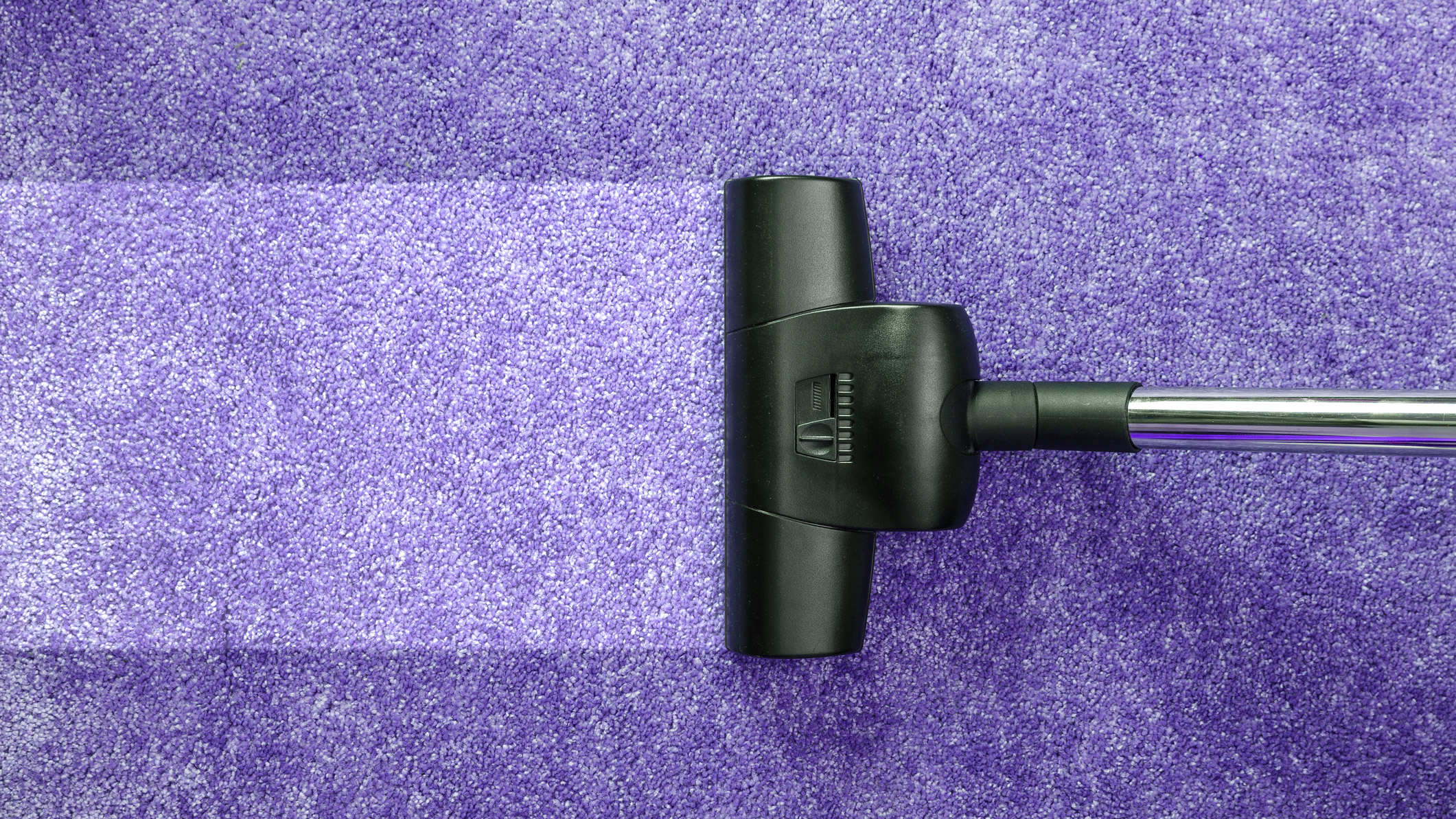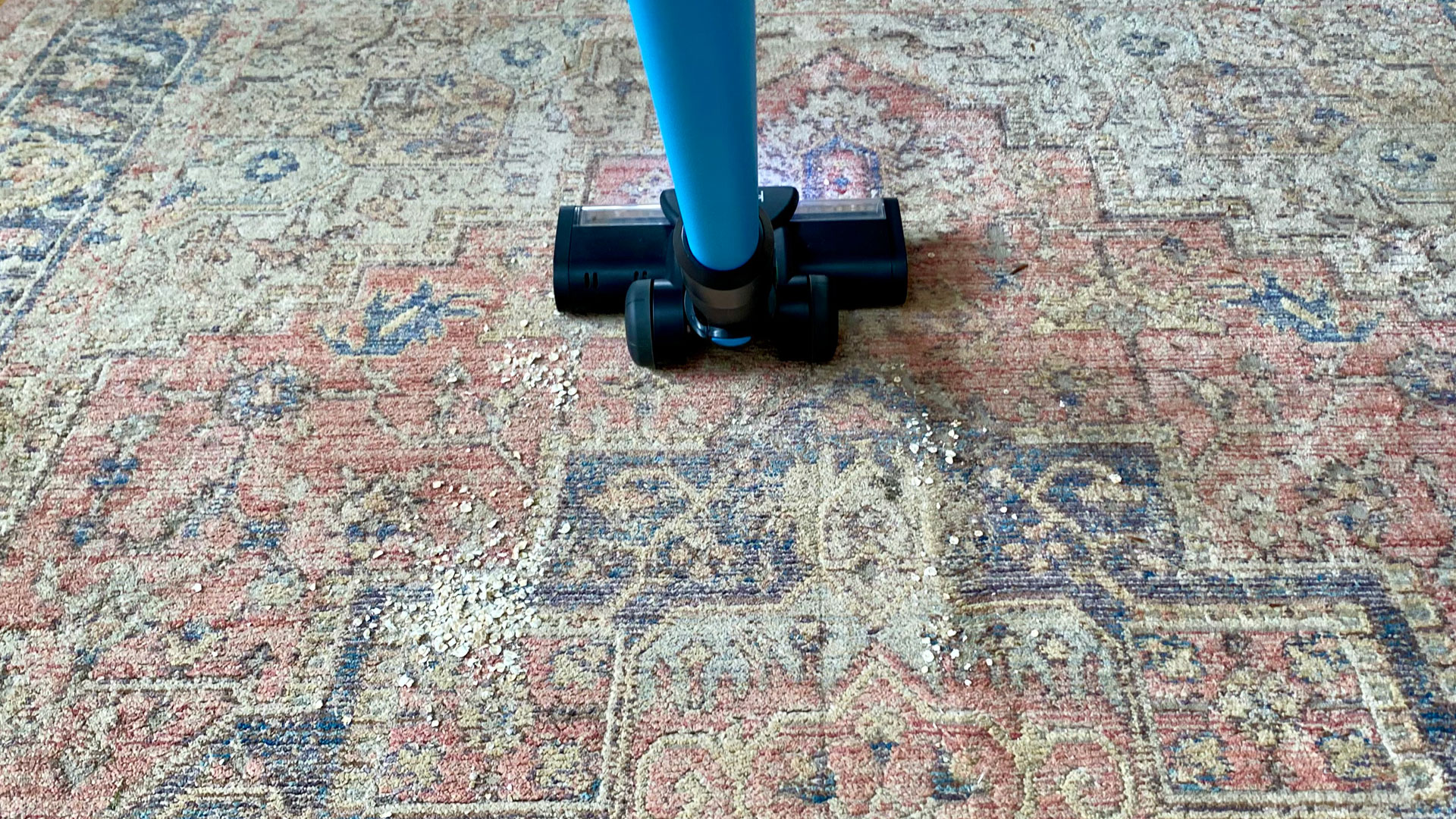
If you've used a variety of vacuum cleaners over the years, you'll have noticed that some are more powerful than others. Some models don't offer much suction power, which makes it more difficult and more time-consuming to vacuum up dust and debris. Others, in contrast, provide so much suction that they seem to pick up everything effortlessly.
So how do you know which one to buy? Well, most of the best vacuum cleaner manufacturers will tell you the power of the motor in Watts. However, this doesn't necessarily tell you how much suction you'll get from it, because it's as much about how efficiently the vacuum is designed as how powerful it is. Or to put it another way, if a high-wattage vacuum is poorly designed, it still won't provide much suction.
The good news is that there are specific measurements that indicate how much suction power a vacuum provides. In this article, we'll explain how suction is measured, and how to find the information (spoiler alert: this isn't always easy).
How suction power is measured
The suction power of a vacuum cleaner is usually measured in one of three ways.
The first is Water Lift. This measures the vacuum's ability to lift a column of water. The higher the number, the better the suction. This is a useful measure to look at if you have deep carpets, because it indicates how well the vacuum cleaner will "lift" or extract dust and debris vertically. Confusingly, this measure can also be called Sealed Suction.

The second is Airwatts or Air Watts. This is considered the most accurate measure to measure the overall performance of a vacuum cleaner, because it takes into account both airflow (how much air the vacuum moves) and water lift (how strong the suction is). Again, the higher the number, the better the suction.
Finally, you have Pascal (Pa). This measures a vacuum's suction force, and is an indication of how much pressure the vacuum creates to lift dust and debris. It tends to crop up mainly in the specs of the best robot vacuum cleaners. We'll mainly focus on the first two measurements in this article.
Get daily insight, inspiration and deals in your inbox
Sign up for breaking news, reviews, opinion, top tech deals, and more.
Where to find info about suction power
Now for the bad news: manufacturers don't seem very keen on telling you what these measurements are for their vacuum cleaners. They are usually available, but you may have to put in some effort. Here are four ways to hunt down this information.
1. Search the manufacturer's website
Search the product page of the manufacturer's website for the specific model, using the model number if you have it. They will often list the suction power there, often under a heading such as 'Technical information' or 'Specifications'.
For example, the Dyson V15 Detect Absolute (number one in our list of the best cordless vacuum cleaners) has a product page on the Dyson website here, which states that it generates 240 air watts.
2. Search retailer websites
Some online retailers include suction power information on their product listings, although this is typically quite hidden and you have to hunt through a lot of sections to find it.
Take for instance, for the Tineco Floor One S7 Pro wet dry vacuum. The information for this vacuum's suction power appears on this product page on Tineco.
However, you can't find it with a quick find and search. Instead, you have to click open the FAQs section and then click on the question: "What is the suction power of the floor washer when sucking up water and debris?"
3. Read the vacuum cleaner manual
This is the most reliable source if you can access it. You'll often find a PDF of the manual with the information about the vacuum cleaner on Amazon or other third-party retailer sites. In which case, download the PDF, search it for terms like 'Water lift', 'Air Watts', 'Airwatts', 'suction' or 'specs' and hopefully that will bring you to the right section.
4. Contact the retailer or manufacturer
If all else fails (and it often does), go to the website of the retailer or manufacturer and find the 'Contact us' section, which will usually be in a menu at the top or bottom of the page. Then send them an email asking what the suction power of the vacuum cleaner is in air watts. If they don't respond, then it's clearly not worth investing in their product. If they do, you could suggest they make it easier for others by putting this detail on their website!
Tom May is a freelance writer and editor specialising in tech, design and sleep products. Over the years he's tested a number of mattresses, duvets and pillows, and as a back pain sufferer, has a keen interest in finding ones that offer maximum support. Plus, in running a successful Airbnb business, sleep hygiene and providing the right bedding for guests has become a big part of his day-to-day life. He is author of Great TED Talks: Creativity, published by Pavilion Books.
